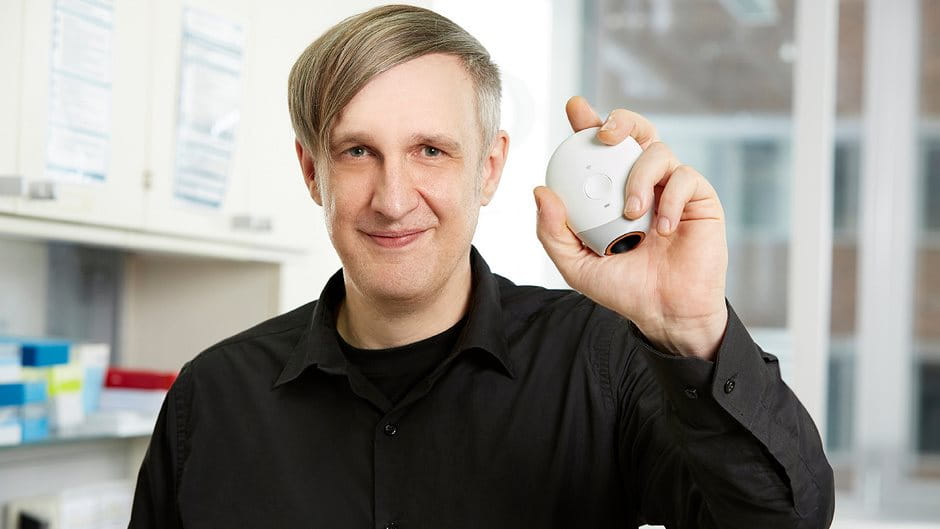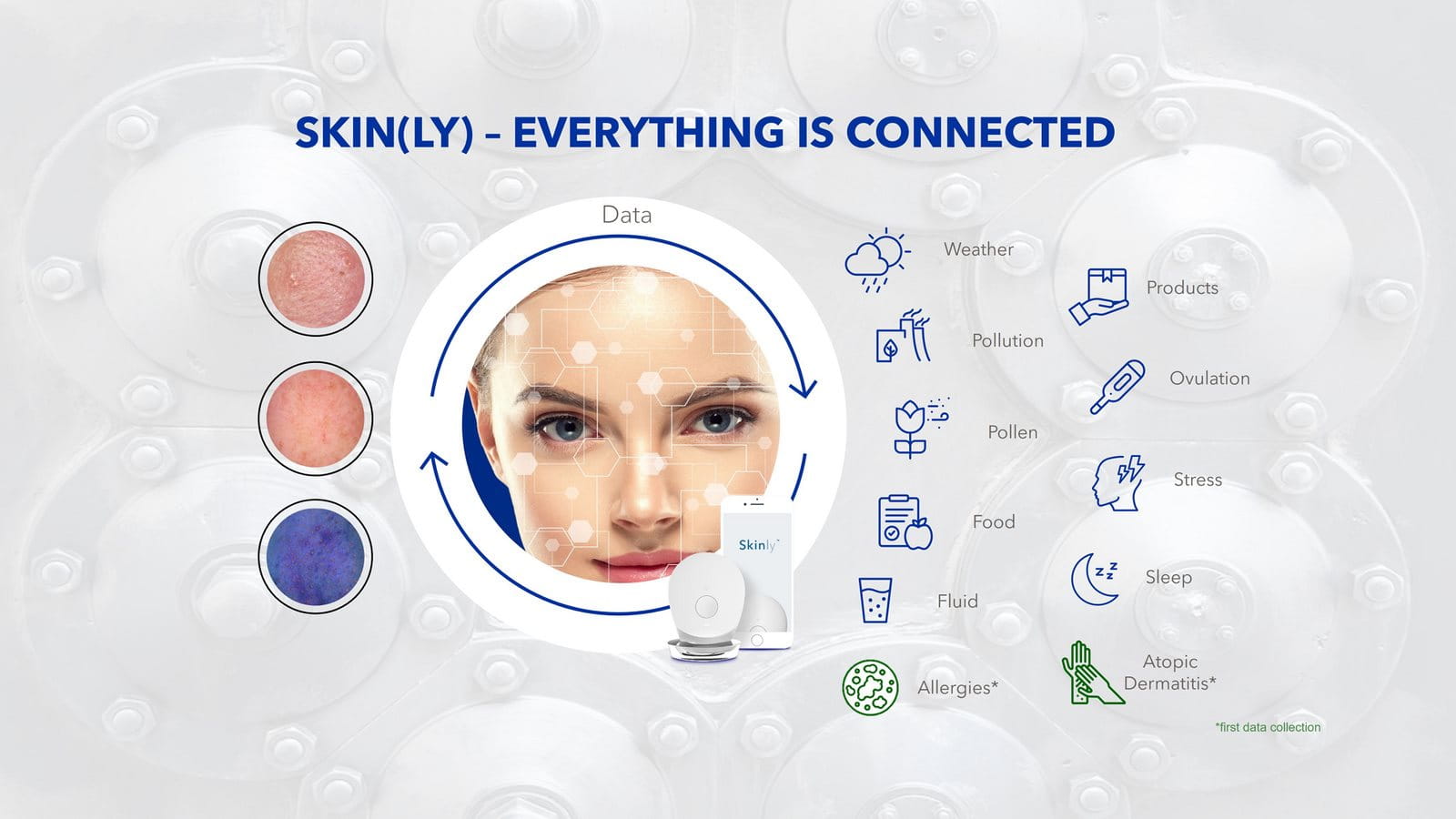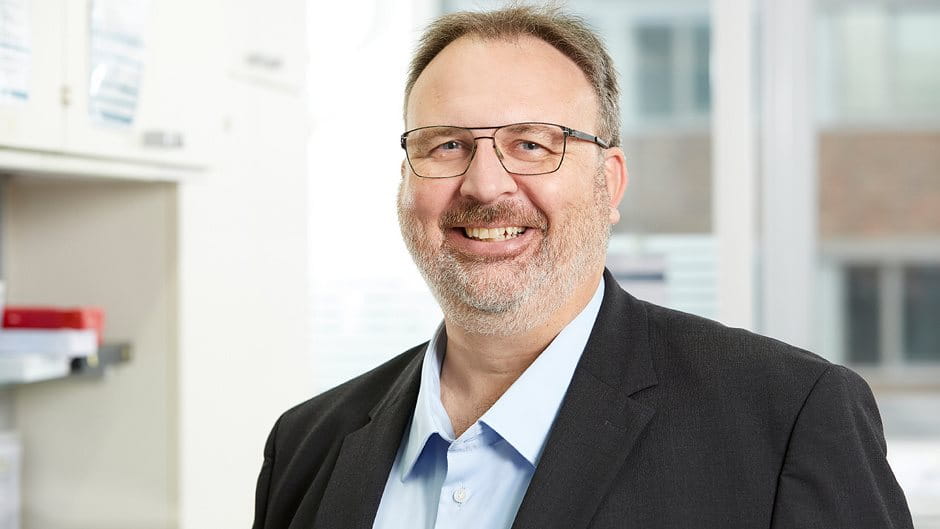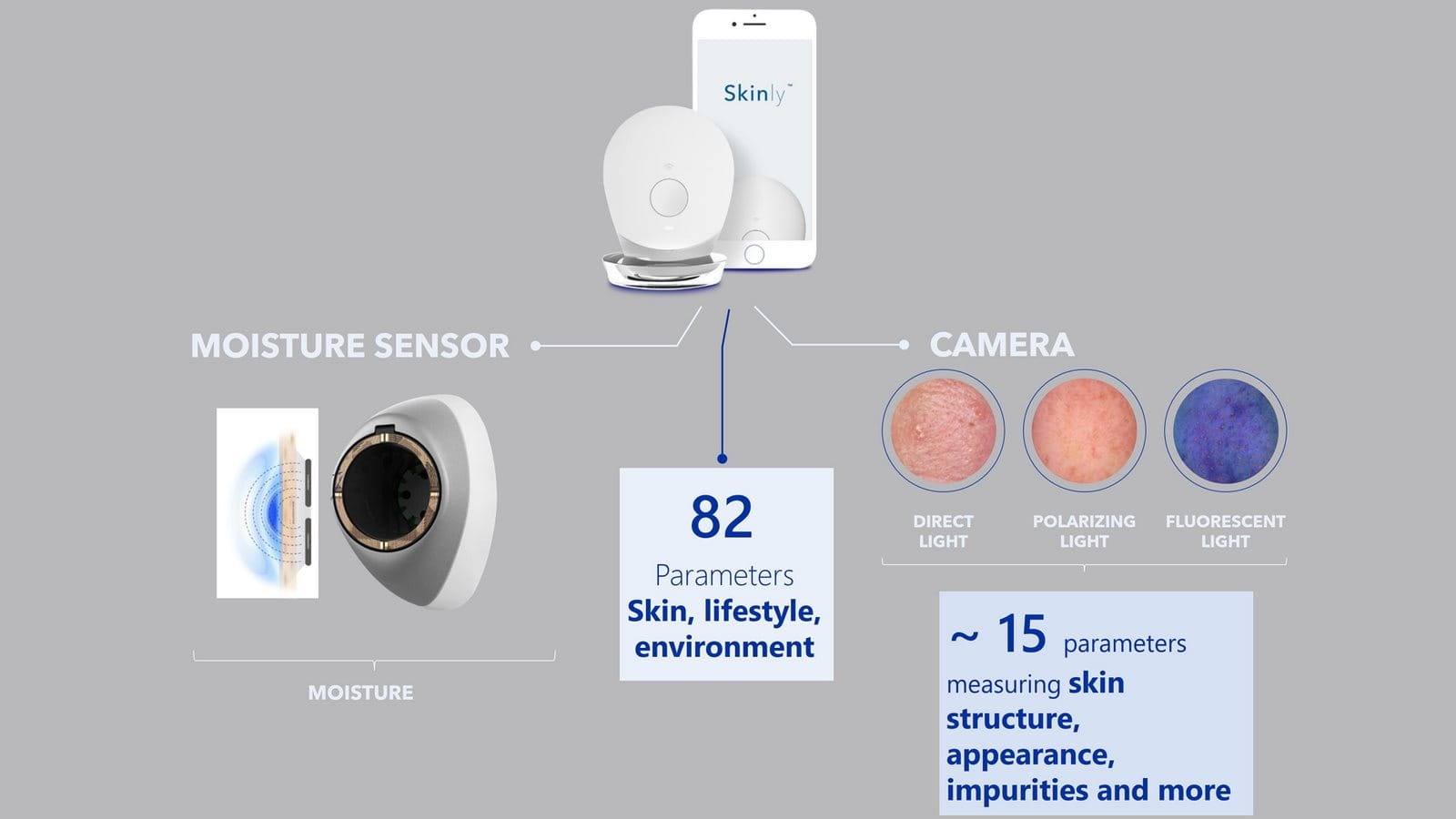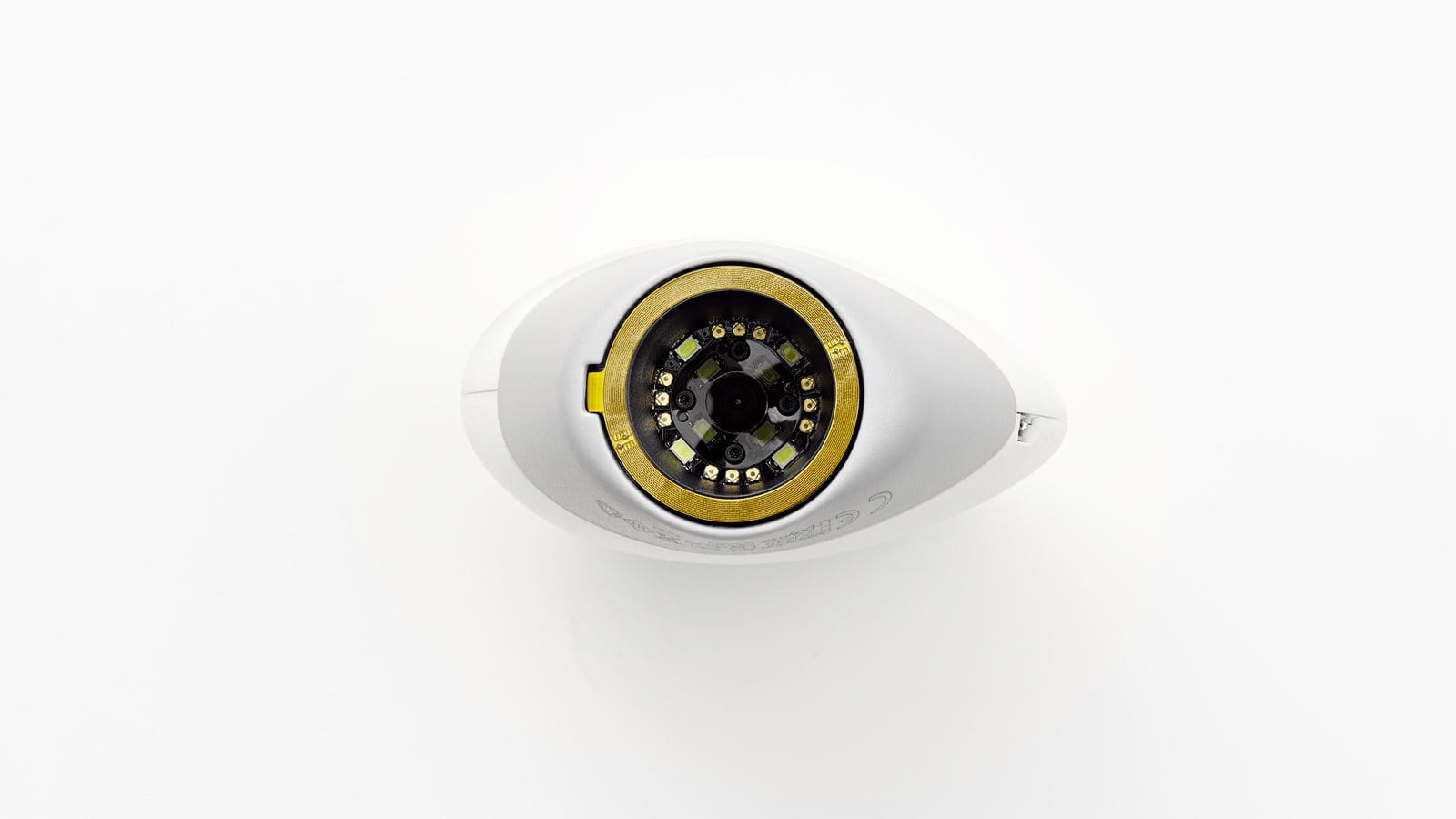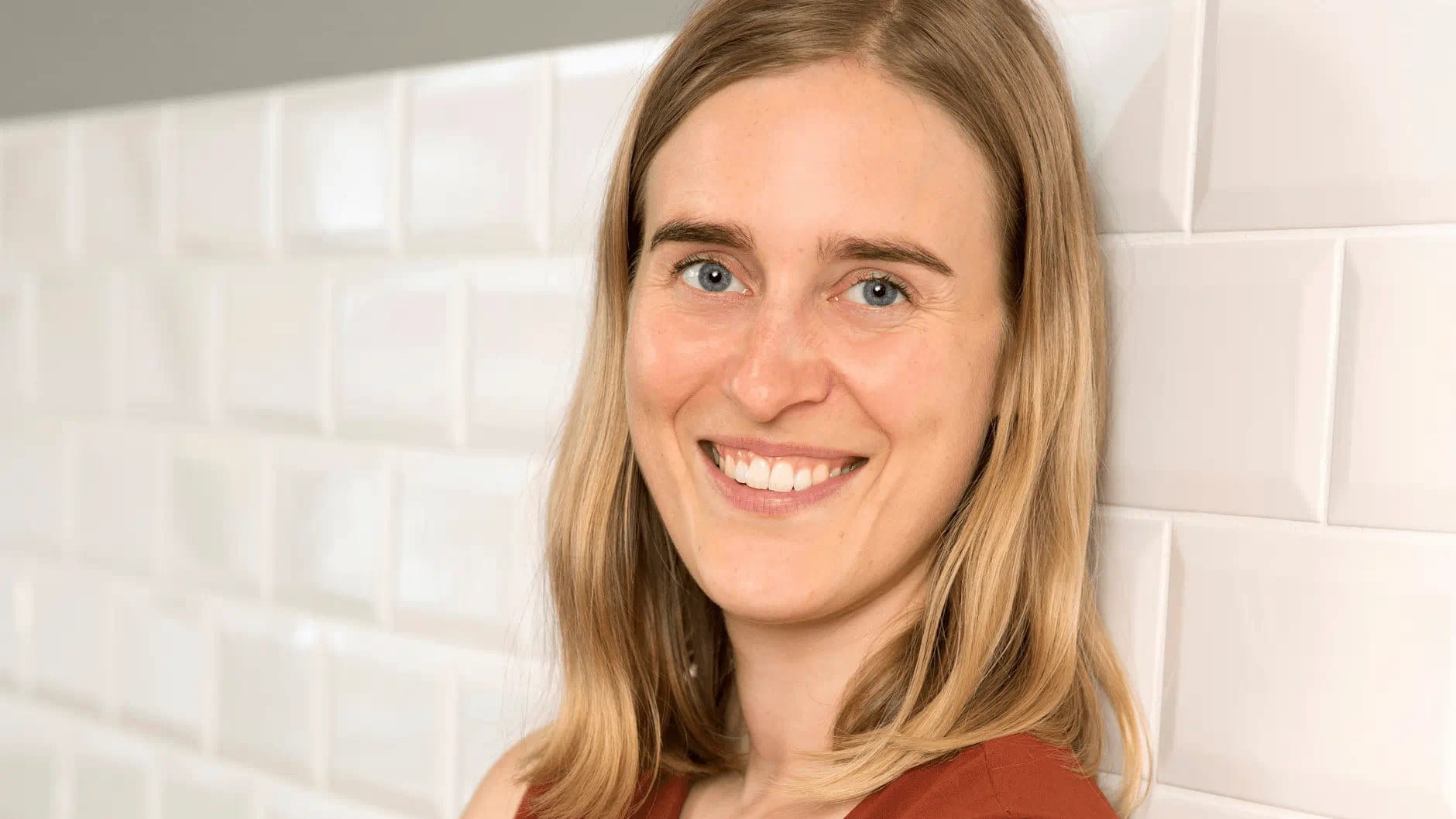
It is hard to imagine our everyday lives without artificial intelligence (AI): whether smart homes or face recognition, navigation apps or spam filters, voice assistants or online shopping recommendations – the algorithms used for this purpose are pretty much found in almost all areas of life. Beiersdorf also uses algorithms specifically to learn more about skin: With SKINLY, one of the world’s largest skin studies with consumers, the company is using the possibilities of the Internet of Things (IoT) and artificial intelligence – and thus opening up a whole new dimension of skin science. In this interview, Sven Clemann, Lab Manager for “Advanced AI and IoT” and Head of the SKINLY study, and Sören Jaspers, Head of Digital Pioneering at Beiersdorf Research & Development, provide insights into this special study and explain why artificial intelligence alone is not enough.

